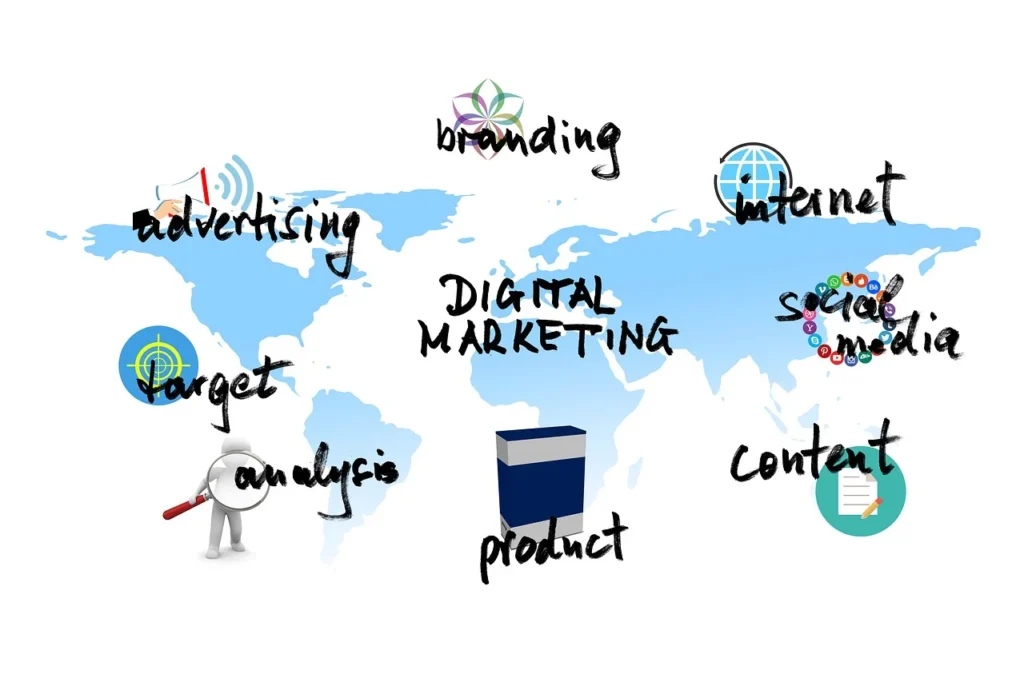Expanding into foreign markets is pivotal for businesses seeking sustained growth and global presence. However, this process is challenging. To navigate the complexities effectively, it is essential to have a strategic framework that ensures long-term success. This guide delves into actionable insights, providing businesses with the knowledge needed to thrive in international markets.
Understanding the Importance of Foreign Market Expansion

Global market entry is a significant milestone for companies aiming to scale their operations. It presents opportunities for increased revenue, risk diversification, and enhanced brand recognition. Businesses venturing beyond their domestic borders can tap into emerging economies, access new customer bases, and leverage cross-border partnerships to achieve unprecedented growth.
Yet, the global stage demands careful preparation. Each market has its cultural nuances, regulatory landscapes, and consumer behaviours. Ignoring these factors can lead to costly missteps.
Steps to Prepare for Entry into Foreign Markets
1. Conduct Thorough Market Research

Market research is the cornerstone of successful international expansion. Start by identifying markets that align with your business objectives and assess their potential using these key steps:
- Analyse market demand: Determine if there is a genuine need for your product or service. Tools such as industry reports and surveys can provide valuable insights.
- Evaluate competition: Understand who your competitors are and analyse their strengths and weaknesses to uncover opportunities for differentiation.
- Assess cultural compatibility: Learn about local preferences, traditions, and values to ensure your offerings resonate with the target audience.
2. Develop a Localized Strategy
A one-size-fits-all approach rarely works in foreign markets. Tailor your strategy by adapting your offerings, messaging, and branding to meet the expectations of local customers. Consider:
- Language localisation: Translate content accurately while maintaining its intent and tone.
- Cultural alignment: Adapt product packaging, advertisements, and customer interactions to reflect local customs.
- Pricing strategy: Balance affordability with profitability while factoring in local purchasing power and competition.
Overcoming Common Challenges in International Markets
1. Regulatory Compliance and Legal Frameworks

Each country has its own set of regulations governing foreign businesses. Failing to comply can result in fines, reputational damage, or even expulsion from the market. Focus on:
- Tax requirements: Understand the taxation system, including VAT and customs duties.
- Labour laws: Comply with local employment regulations when hiring a workforce.
- Intellectual property protection: Secure trademarks and patents to safeguard your assets.
2. Building a Reliable Supply Chain
Efficient supply chain management is crucial to meeting customer demands. To establish a seamless supply chain:
- Partner with local distributors: Leverage their market knowledge to improve delivery speed and customer satisfaction.
- Invest in technology: Use advanced logistics tools to optimise inventory, shipping, and tracking.
- Mitigate risks: Plan for potential political instability or natural disasters.
The Role of Technology in Successful Market Entry
1. Leveraging Digital Marketing for Brand Awareness

Digital marketing is an invaluable tool for creating brand awareness in new markets. Key strategies include:
- Search Engine Optimization (SEO): Optimize your website for local search engines and keywords relevant to the market.
- Social media engagement: Establish a strong presence on platforms popular in the region to connect with your audience.
- Content marketing: Publish valuable, localised content that educates and engages potential customers.
2. E-commerce Platforms and Payment Solutions
Adopting digital sales channels can significantly increase your reach and profitability. Choose platforms tailored to the region and integrate secure, region-specific payment methods to enhance customer trust and convenience.
Building Relationships to Foster Growth
1. Partnering with Local Businesses

Collaboration with local businesses can fast-track your entry into new markets. Look for partners who:
- Share your values and goals.
- Have a strong understanding of the local landscape.
- Provide access to an established customer base.
2. Engaging with Government and Trade Organizations
Government incentives, trade agreements, and partnerships with trade organisations can simplify market entry. Explore programs that offer:
- Tax benefits.
- Access to funding or subsidies.
- Guidance on navigating bureaucratic hurdles.
Key Metrics to Monitor Post-Entry

Tracking performance is vital to refining your strategy and ensuring long-term success. Focus on:
- Sales growth: Measure revenue increases and identify trends.
- Customer feedback: Regularly gather and act on local customer input to improve your offerings.
- Market share: Monitor your position relative to competitors.
Conclusion: Seizing Global Opportunities with Confidence
Expanding into foreign markets offers immense growth potential, but success requires meticulous planning, cultural understanding, and adaptability. You can overcome challenges and establish a thriving presence in international markets by following a structured approach—starting with thorough research, developing localised strategies, leveraging technology, and building solid partnerships—
Seize this opportunity to take your business global and unlock the possibilities of new horizons.








